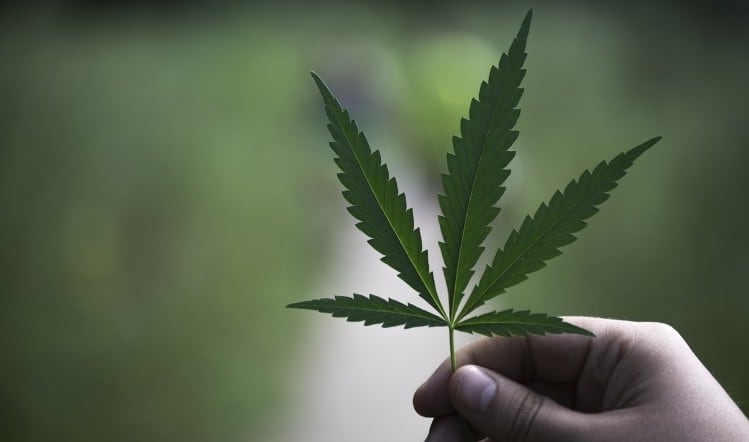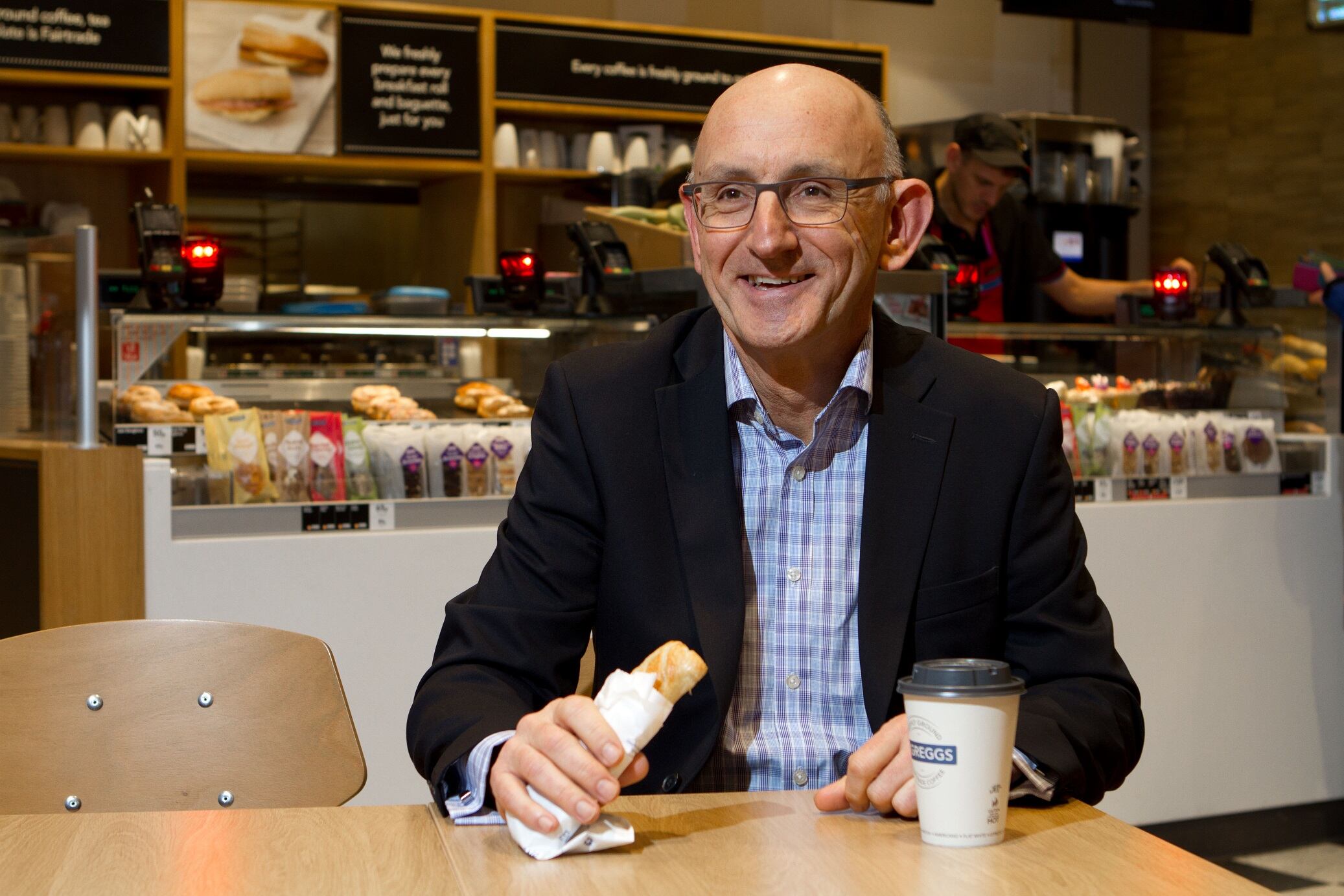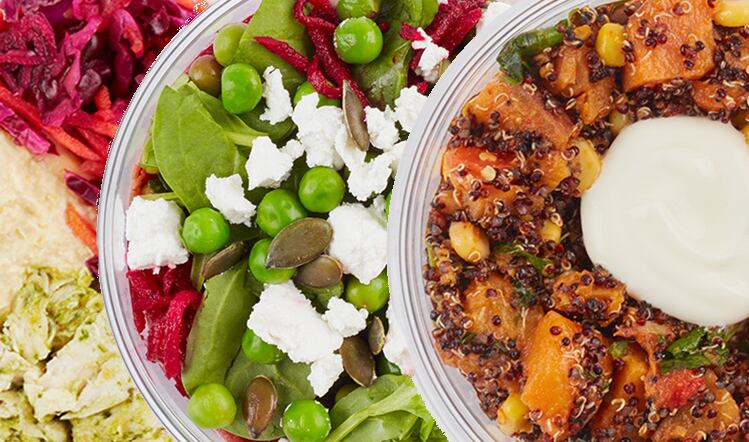Food manufacturers have an opportunity to change the surface texture of products to alter people’s perceptions and promote healthy eating, according to a study led by consumer psychologist Dr Cathrine Jansson-Boyd of Anglia Ruskin University.
The research, published in the journal Food Quality and Preference, investigated people’s perceptions of identical biscuits with six different surface textures.
In all, 88 people rated the six oat biscuits on healthiness, tastiness, crunchiness, chewiness, pleasantness and likelihood of purchase based only on their visual appearance.
Perceptions of taste
It found that people viewed the biscuits with an explicit, pronounced texture, as healthier. However, biscuits with a smoother surface were perceived to be tastier and more likely to be purchased.
Previous studies have shown that packaging, labelling and even the texture of a cup or plate can alter people’s perception of food. This new study looked at how a food product itself can be perceived differently depending on its appearance. Oat biscuits were chosen as they could represent both a “healthy” and “unhealthy” snack, Jansson-Boyd explained.
It revealed that the surface texture of the oat biscuit clearly communicated to people how healthy it was likely to be and the participants viewed the biscuits that had an explicit, pronounced texture, as healthier, she added.
Tastiness and healthiness
However, the biscuits that had a less explicitly textured surface were perceived to be tastier, crunchier and more likely to be purchased. The study found that perceived tastiness increased as healthiness decreased, and the likelihood of purchasing the biscuit increased when perceived healthiness was low and decreased when healthiness was higher.
Therefore, having a ‘healthy looking’ texture was considered to be a negative attribute in that it reduced perceived tastiness, a key criterion for purchasing biscuits, said Jansson-Boyd. This had implications for producers of many different food types, she explained.
“The findings give food manufacturers a means to design foods that can help consumers make healthier choices,” said Jansson-Boyd.
“A sweet item, such as a biscuit, benefits from an appearance of being less healthy, as that increases the perception of tastiness and increases the likelihood of purchase.”




